The Wyoming Schuetzen Union’s “Center Shot”
C.W. Rowland Has Left the Range
column By: Allyn H. Tedmon | June, 24
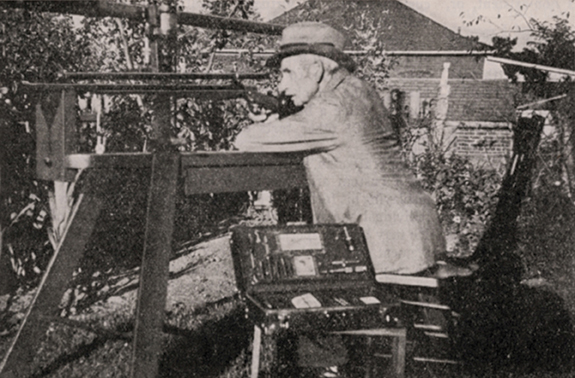
We ran across this old article by Allyn Tedmon, on famed Colorado rifleman Charles W. Rowland in the January 1937 issue of The American Rifleman. Being an admirer of C.W. Rowland and knowing many other present-day riflemen who are in awe of his abilities, we thought his obituary would be both interesting and enlightening.
– Steve Garbe
On July 6 1936, the rifle-shooting fraternity of America lost its dean of rest shooting-Charles W. Rowland, of Boulder, Colorado.
Mr. Rowland was born November 15, 1859, some 15 miles from Ogdenburg, New York. He later lived in Essex County, New York. As a boy he spent his days in the Adirondack Mountains, and had instilled into him the true spirit of the outdoors. He studied engineering at college, and came to Colorado in the ‘70’s, where he was successful from the very beginning.
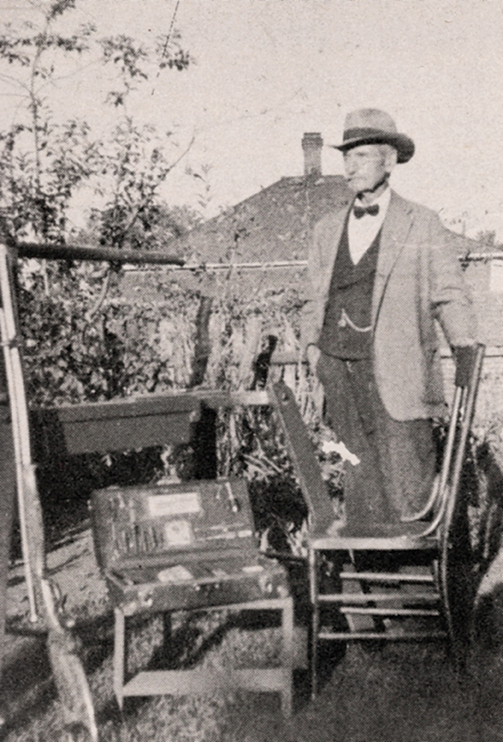
“You shot over,” said the man.
“No,” said Rowland; “I saw the snow fly on the other side of the stave.”
To prove it he again trudged the 220 yards, and brought back the barrel stave. There was a bullet hole through it. So he then took his place in the match, and proceeded to win three turkeys. And this was his first and last turkey shoot.
“ I never wanted to shoot anymore like that,” he told me; “I wanted to shoot at a target, not at a bird.”
When coming west he brought with him a muzzle-loading rifle, and was laughed at by the western hunters for not having a breech-loader. Nevertheless, he used this muzzle-loader on his early hunts, and had no trouble in more than holding his own. He shot big game for the market in western Colorado, and through his friendship with Chief Ouray of the Utes, he was permitted to hunt on the Indian lands.
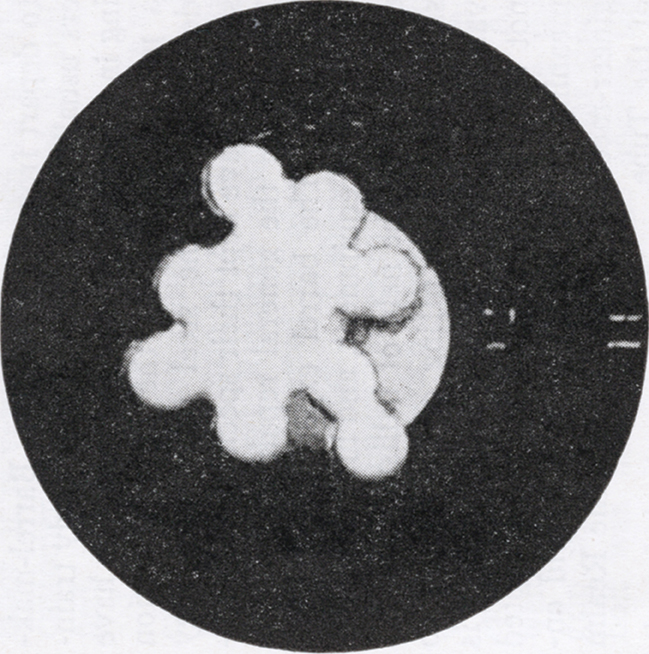
The one rifle that always appealed most to me is an engraved Ballard fitted with a curly maple stock by Hervey Lovell. This is without exception the most beautiful rifle I have ever seen. It has two barrels, one a .38-55 and the other a .22 r.f., both by Pope if I remember aright. It is equipped with a full-length special telescope, made, I believe, by Smith, who later was with the Stevens Arms and Tool Company. And what Mr. Rowland could do with this rifle cannot be done with any modern rifle, regardless of caliber or make. Another of Rowland’s favorite rifles was a rather plain Winchester in .39 caliber, with barrel by Schoyen. The story of this barrel is worth telling. Mr. Rowland lived most of his life in Boulder, Colorado, and it seems that one day as he was passing a certain corner where men were excavating for a new bank building, he stopped to look for a moment. Suddenly his keen eyes spied an object that instinct told him was an old gun barrel. Calling down to one of the men, he asked him to hand the rusty thing up to him. He took it home, and at his first opportunity drove to Denver to show the old barrel to George C. Schoyen, the great barrel maker, and Schoyen finally agreed to see what he could do with it.
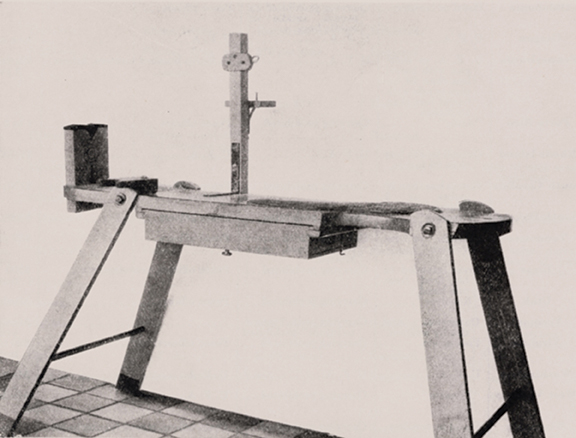
Mr. Rowland was retiring beyond belief, and shunned all publicity. For several years we begged him to allow us to write of his remarkable shooting, but he flatly refused. And nothing else bored him so much as men who rated themselves as riflemen, but who saw in him only a source of free information. Some may question his remarkable 200-yard groups, but the fact is that Mr. Rowland had dozens of groups that have never been approached, even with the fine old rifles. That every shot was fired exactly as he said is beyond question, for no man could have been a greater stickler for the truth. He would not allow anyone to sign as a witness on his targets, saying, “My word is enough.”
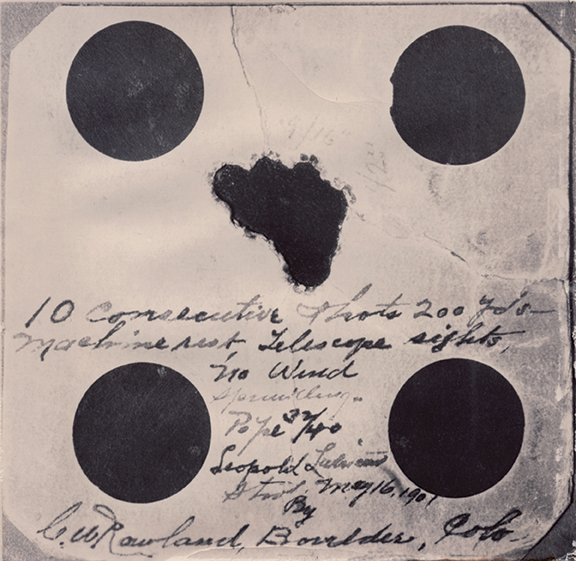
There comes to mind one particular incident of the many that might be told. It seems one day a certain Mr. Dean- a big man with a big voice- came to Mr. Rowland and demanded that he prove to him that he, Rowland, could shoot as well at 200 yards as he, Mr. Dean, could shoot at 60 yards. The upshot was that Mr. Rowland took Mr. Dean to his range, and proved to him that he could shoot just that well. Mr. Rowland told me that after the first shot Mr. Dean walked to the target, and himself checked the bullet hole. He did this for every shot, and on his last trip he brought the target back with him. Every bullet had cut into one ragged hole, and Mr. Dean said: I’ll swear to the authenticity of that ten-shot score on a stack of bibles as high as Pike’s Peak. I didn’t believe it could be done, and I can hardly believe it now.”
Mr. Rowland in his prime weighed about 180 pounds, and was close to six feet tall; a superb athlete. He had perfect vision, and not long before he passed away he demonstrated to me that he could read a newspaper at all distances from the tip of his nose to arm’s length. Undoubtedly his unerring aim was due in great measure to this superb vision, and his absolute lack of nerves. “I have no nerves, “ he once told me.
Mr. Rowland knew personally all the old-time riflemen. His mass of correspondence includes letters from Harry Pope, Doctor Mann, Doctor Hudson, Colonel Whelen, and Harvey Donaldson.
Such men as Mr. Rowland are placed among us at intervals, down through the ages, to inspire us of the common herd to do more and better work. To try in our feeble way to emulate their own great achievements.
Charles W. Rowland has passed into the land of eternal dreams. Where his spirit roams may the towering spruces never wither; the twinkling aspens be forever white and clean. May the deer be fat and abundant, and the virgin snows of the Ever Winter Mountains keep cool and sparkling the springs in the ever green Grass Country- that mysterious land that beckons from beyond the snowclad peaks!
Rowland was born in Edwardsville, New York, on November 16, 1859, and arrived in Denver, Colorado in 1876. As one can easily glean from the obituary, fine rifles and accurate shooting were a passion that he carried on almost until his death. Charles was a miller by trade and made many contributions to the science of milling flour according to Gerald O. Kelver in his book, 100 Years of Shooters and Gunmakers of Single Shot Rifles. Kelver also mentions that Rowland, in his extensive experiments for the ultimate in accuracy, cast 10 gold bullets to see if they would shoot any better than lead. He shot them into a cottonwood stump so they could be retrieved and noted that they shot as well, but no better than lead. I would have to say that he indeed took his shooting experiments seriously.

C.W. could shoot offhand as well, and in 1905, fired a record 100-shot offhand score of 920. His closest competitor was none other than Harry Pope with a 917. Kelver reported that Rowland used a 19-pound Pope rifle in the 1905 offhand match.
Charles W. Rowland’s life story has always impressed me as being the epitome of the consummate rifleman. His achievements in shooting serve to be what we can all strive to accomplish and his methods are still very relevant in this day and age. If you think what Rowland did in the way of super-accurate rest shooting isn’t remarkable, then just get yourself a fine single shot rifle and try to replicate his groups. I think you’ll end up giving old Charley a well-deserved tip of the hat.


